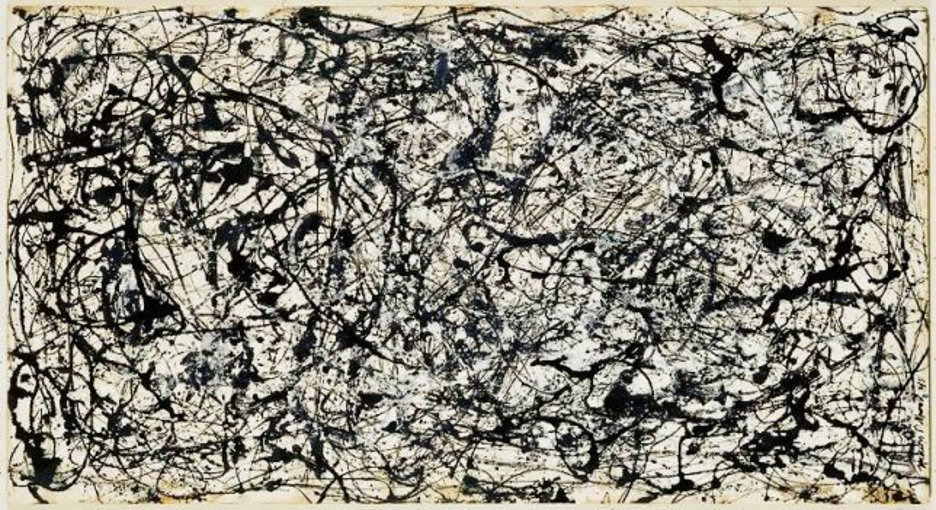Bricks without Mortar: Looking at Lists
Read the introduction to JQR’s latest forum on the topic of the list.

Hair Dye
Wet Cat food
Bra, tights
Vodka
So reads a crumpled scrap of paper found in a gutter in Bologna and reproduced in large scale by conceptual artist Angela Lorenz. The note is nothing really, a discarded shopping list. Yet it is also a short story, a haiku, the opening scene in a film—or is it the closing scene? A world is eager to spin out from it, and after it is rescaled, reproduced, and displayed in a Bolognese gallery, the demand for meaning exerted by the scribbled words becomes even more insistent.
As they do our own desks or our minds at 3 a.m., lists litter the archives of Jewish history. They appear in court documents and wills, all over the Bible and rabbinic literature, in the margins of literary works, as indices and tables of contents, as genealogies, containing the names of donors, in recipes, and bills of lading. They are utilitarian and ubiquitous, and perhaps for this reason, the list can be the fly-over country within a longer prose document, signaling that the text we are reading is about to get monotonous and the energy of the narrative about to deflate. But pause a minute, and the list will begin to stir. This JQR forum maps a range of ways that the list itself is an assertive literary genre, whose formal elements stake their own claims to the meaning of items enumerated.
It may not be an accident that J. Z. Smith grants Judaism the honor of revealing the meaning-generating potential of list-ness that he sees as central to the dynamic experience of the sacred itself. Smith argues that the list contains the Ur-logic of scriptures—a canon is, after all, a list. A closed canon loosens the contents from the constraints of syntax—each of its several parts gaining the resonance of the whole, a transformation that unleashes the recombinant collaging of midrash and the creative profusion of gematria. Daniel Lord Smail observes that lists lack verbs, rendering their elements at first glance as akin to a pile of bricks without mortar. Our forum shows that a lack of verbs poses no impediment to the form's semantic potential and vigor. On the contrary, it's an accelerant.
_____
The scholars in this forum were invited to choose a list from their own field of study, then reproduce it and bring their distinctive lenses to its analysis, paying special attention to the form itself.
Many lists are engendered by rupture (one rarely inventories one's property unless that property is in jeopardy or in transition) and, so, mark the joins in time. Others do the epistemological work of classification. Still others do things that are wholly unexpected, like the list you'll read that authorizes a religious performance.
Joshua Teplitsky begins with a simple ledger recording the names of Jews who worked to manage a plague outbreak in Prague in 1713. Much can be learned about the Jewish community not only by parsing the list's ordering and implicit valuations, but also by assessing the meaning of its commissioning by and storage in the Bohemian Chancery of the Habsburg Monarchy.
Leora Auslander quickens the ghosts in two Holocaust documents, one a ghoulish onomasticon of Jews deported from France to Auschwitz in 1944, the other an inventory of the confiscated furniture belonging to a family that was among those same deportees. She distinguishes the list from the inventory, which, unlike the spare column of names, holds in its weft traces of full humans who once built lives and families and futures.
Dina Danon looks at a happier inventory: the contents of the trousseau of a late nineteenth-century Jewish Ottoman bride. Her modest catalog of jackets and undergarments freezes a moment of a world in flux and, in Danon's reading, serves as an unexpected check on grand narratives of Jewish modernity.
Daniel Lord Smail's exemplum is a fourteenth-century court inventory of the moveable property of a recently deceased Jewish householder. Uncovering the document's organizing principle affords him an insight into medieval home economics that would have been lost had it been mined for its data alone. Smail claims that lists shape "the cognitive habits of those who use them," and also "generate ontologies."
In this conceptual vein, Mira Balberg proffers an apparently unremarkable catalog excerpted from the Mishnah's laws on agricultural tithing, finding there a measure of pastoralism rarely associated with the rabbinic project. The list, she suggests, may be "the one framework that allows the rabbis to act as poets."
Gideon Bohak introduces a planetary horocrator from the Cairo Geniza—a calendar of days indicating the planets that reign over them. Bohak argues that this unwieldy document cannot have been intended to streamline the communication of its contents as so many lists do; it only makes sense as a prop in a performance of epistemological authority.
Each of these lists reveals itself to be an unexpected ordering not only of its manifest elements, but of the discursive, epistemological, and historical contexts which it both maps and disorients.



